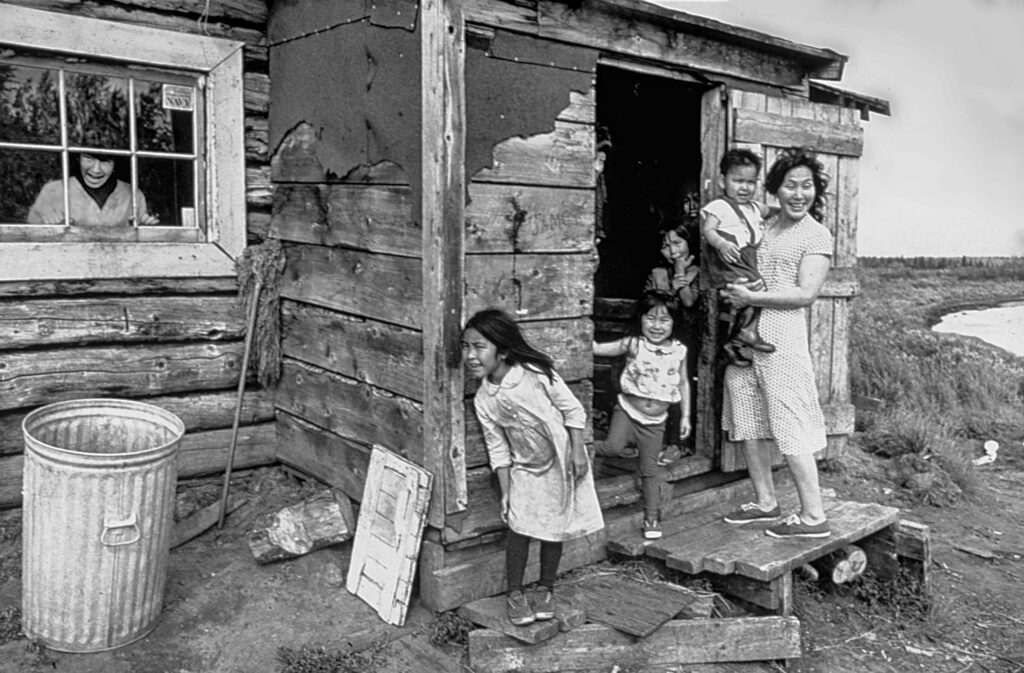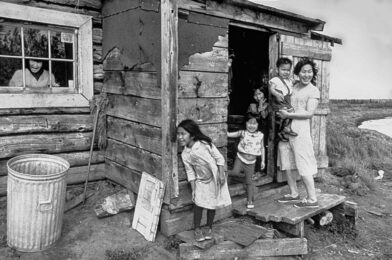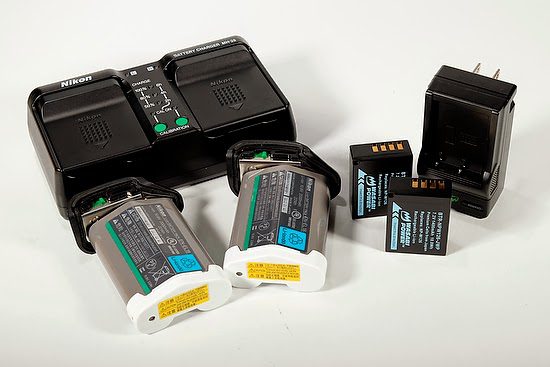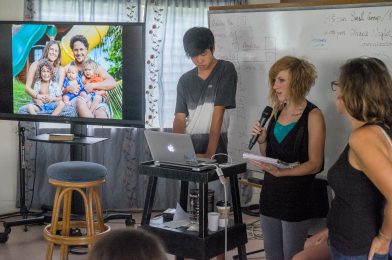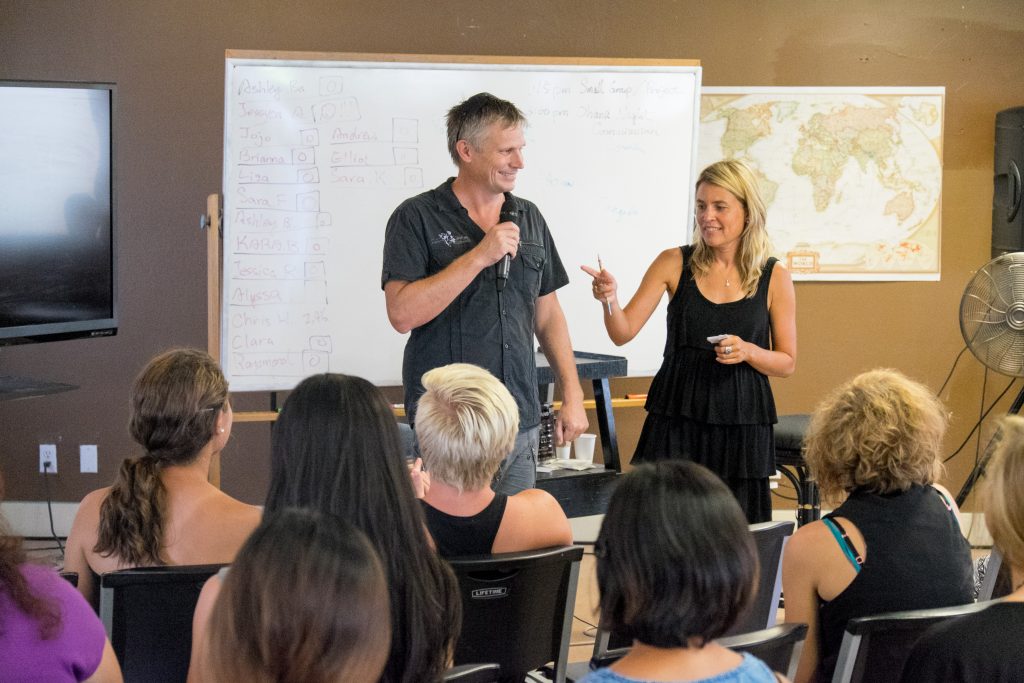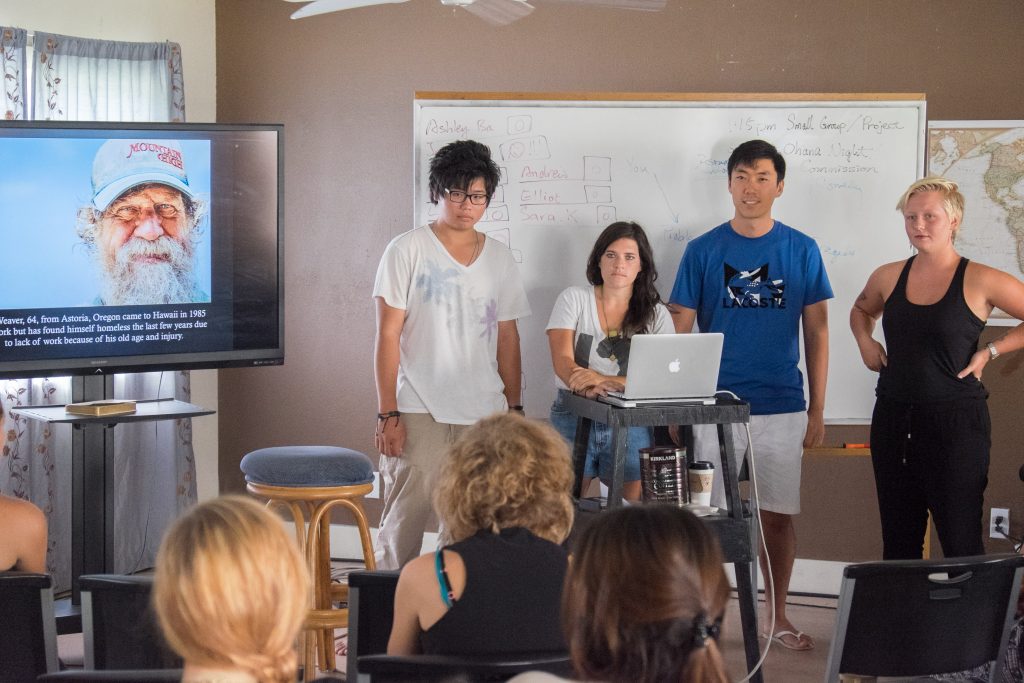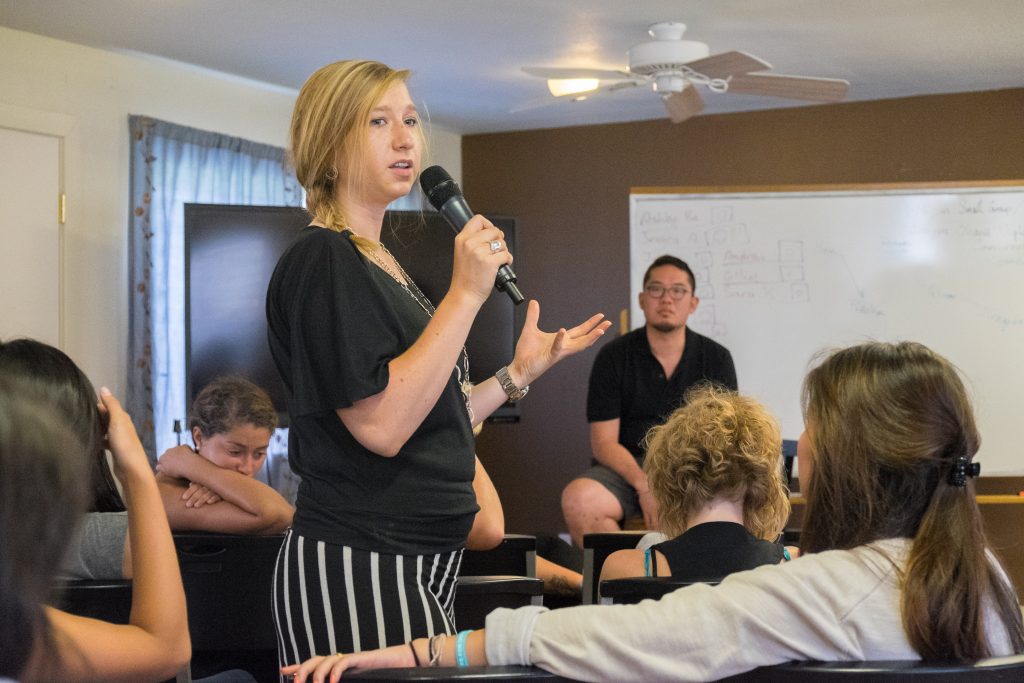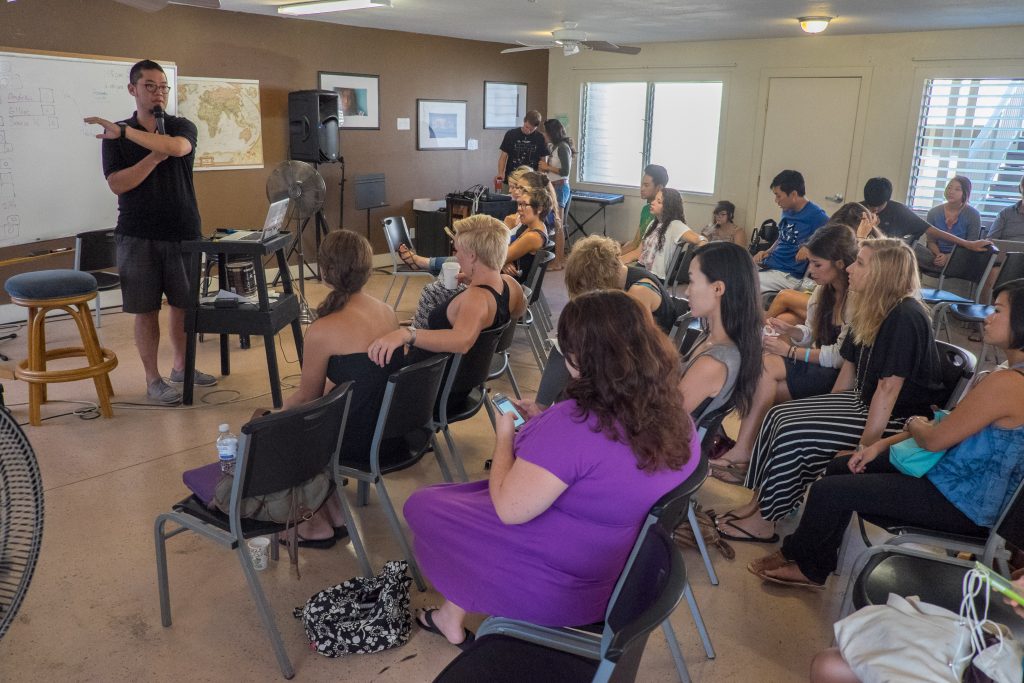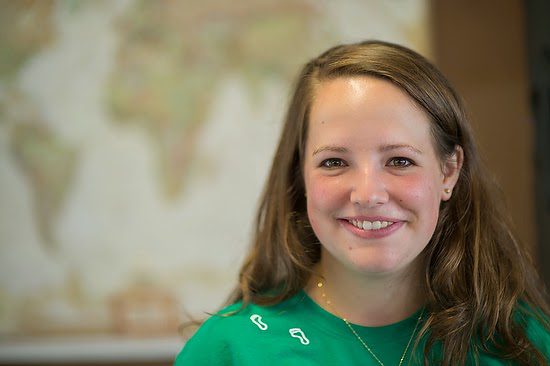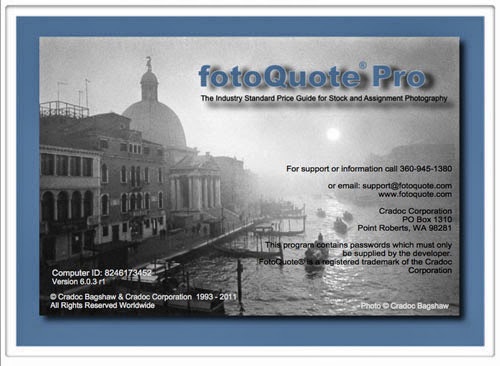|
| Fuji X-E2, 18-55mm, ISO 6400, ƒ/5, 1/100 |
Editorial Note: Writing to you while on vacation in Emerald Isle, NC. The photos are some from my time here.
Questions just this week
Question #1: if someone wants to buy a digital copy of a photo and not a print, what is the recommended price to charge them?
Question #2: I have always had a strong desire to shoot full-time on my own, so I am praying through if this transition is right for me. Would love to hear your thoughts.
First Pricing
I heard it put once very well when it came to pricing. The photographer was talking about portrait and wedding photography. First he pointed out to me that this is a luxury and not a need.
Since no one needs your photos to survive then you shouldn’t feel bad about your prices. He believed that you want to be known as the most expensive photographer just like a jeweler wants to be known this way. Mind you Walmart still sells more engagement diamonds, but unless you can be a volume discounter this is a hard way to realistically build your business.
The photographer then went on to tell me your goal is to get all the money you can from their pocket to yours. Sounds a bit greedy, but they explained this as you want to get the most you can for your work that they can afford.
If the people who are talking to you about your work are minimum wage workers barely getting by, then your prices that you can realistically charge are most likely not enough for you to live on. However, if the people you are talking to live in a penthouse on 5th Avenue in New York, then you are able to charge a larger amount.
 |
| Fuji X-E2, 18-55mm, ISO 6400, ƒ/5, 1/250 |
What must you charge?
Now we know you can charge just about anything depending on the ability of the client to pay, what must you charge? You need a minimum price that you need to charge or you lose money. Do this too much and you are out of business or even worse you go bankrupt.
Basically you figure out what it costs you to live plus what it costs you to run your business. This figure will be very different if you choose to live in Beverly Hills, California or in Lizard Lick, North Carolina. If you choose to drive a Rolls Royce or a Nissan Versa.
I break down the parts of an estimate here in an earlier blog post.
Here is another blog 9 things you need to do before going freelance full-time, which I also recommend for reading.
Must Charge vs What Can You Get
The Gap between what you must charge to pay the bills and what you could charge is where you negotiate your price.
In assignment work and stock photography the best place to help get some industry ranges is fotoQuote Pro.
When someone wants to use one of your photos, you don’t need a number pulled out of a hat, you need help to get paid fairly for your work. You need fotoQuote, the industry standard photo pricing guide for stock and assignment photography.
The fotoQuote photo pricing guide is the only source of photo pricing information for photographers that includes powerful coaching help for every category. The fotoQuote price guide not only helps you come up with a fair price for your image license, but it also gives you the negotiation information you need to help you close the sale.
Numbers by themselves don’t mean anything if you can’t convince your client that your image is worth what you are asking.
The license for each image can easily be copied so that you can embed it into the metadata for your image, illustration, or video clip. The license can also be pasted into an external invoice or document. It will look like this:
Usage: Magazine Editorial.Consumer
Circulation: 25k to 50k
Size: Cover
License Duration: 1 Year
Territory: US Only
Industry: Publishing-Periodicals
Rights/Exclusivity: One-Time Non-Exclusive
Release Information: No model release
The rate fotoQuote gives you for assignment work is what you charge on top of your “creative fee” or base price.
Hobbyist → Part-time Photographer → Full-time Photographer
Timing your transitions from a Hobbyist to a Part-time Photographer is much easier than going full-time.
First let me try and talk you out of doing this. Seven Reasons Not to Become a Freelance Professional Photographer
I highly recommend keeping your day job while starting your freelance business on the side. When your day job is REGULARLY getting in the way of your FREELANCE this is when you should consider going full-time freelance.
In 2002 I was laid off from what I considered a great job. Well truthfully I was very frustrated with the environment for the last few years I was on staff. While I enjoyed the opportunities to shoot a variety of subjects, I was finding myself out of sync with my coworkers.
I should have left earlier, but I didn’t think I could made it as a freelancer. I liked having people just give me things to photograph and go home and come in the next day and do it again.
When I got called in and told that my position had been eliminated I was devastated. I called my wife and friend to come and help me pack up my gear and books and move out. As we were packing up my things my friend was trying to comfort me and made a very profound comment. “Stanley if you put in the amount of effort you have been doing here in your freelance, you will be a very successful photographer.”
I thought about his comment a lot that first year of freelancing. He had said it to me with such conviction that I realized he really believed it to be true. Later even my wife would comment and say that he was right.
My life did change and each day I got up and worked hard.
By the way my freelance was starting to really pick up before this happened to me.
Tips for the freelancer
- Keep a similar work schedule to the one you had on staff. Get up and go to work. While you may not have to drive anywhere to commute, still get out of bed eat breakfast and then take that commute to another part of your house/apartment.
- Get dressed for work. One of my friends Ken Touchton told me in those early days that he used to get dressed and put on a tie just to go to the next room. It helps put you psychologically in a different frame of mind.
- Create a calendar of events. Just like you had in your last job, schedule time for different thing you need to be doing. You need to create; meetings, lunch dates, and find events from things like the Chamber of Commerce to attend in your community.
- Create a database of clients, prospects, and family/friends. You may need to buy a list to add to your present list. You may need to go to the library and find those resources with contacts in them for your niche´. Remember this formula that for every 1,000 contact names in your database only 100 of them will be interested in your services. Of those 100 contacts only 10 of them will become a client.
- Create a plan on connecting to those in your database. Another formula is to know that it takes about 6 – 8 touches with a contact before they remember you. Therefore you need to have a plan on how to contact these folks in a way that is positive and not annoying. I recommend mixing up your arsenal. I use: Phone Calls, emails, eNewsletters, Blogging, Postcards, and events as ways that I can make contact with my prospects and clients.
- Develop an elevator speech. You need to be able at a moments notice explain to anyone what you do. Here is a link to mine.
Freelancing is like a farmer. You will be plowing the fields, weeding and doing a lot of work long before you will be able to harvest the crop.
If the farmer doesn’t put in the time and investment then there is no harvest.
Just like the farmer you can do everything right, but there are things outside your control. Most of the farmers I know have a tremendous faith in God and know that while they can do everything right there is much out of their control. They pray for guidance and wisdom. Most of all they pray for grace.

